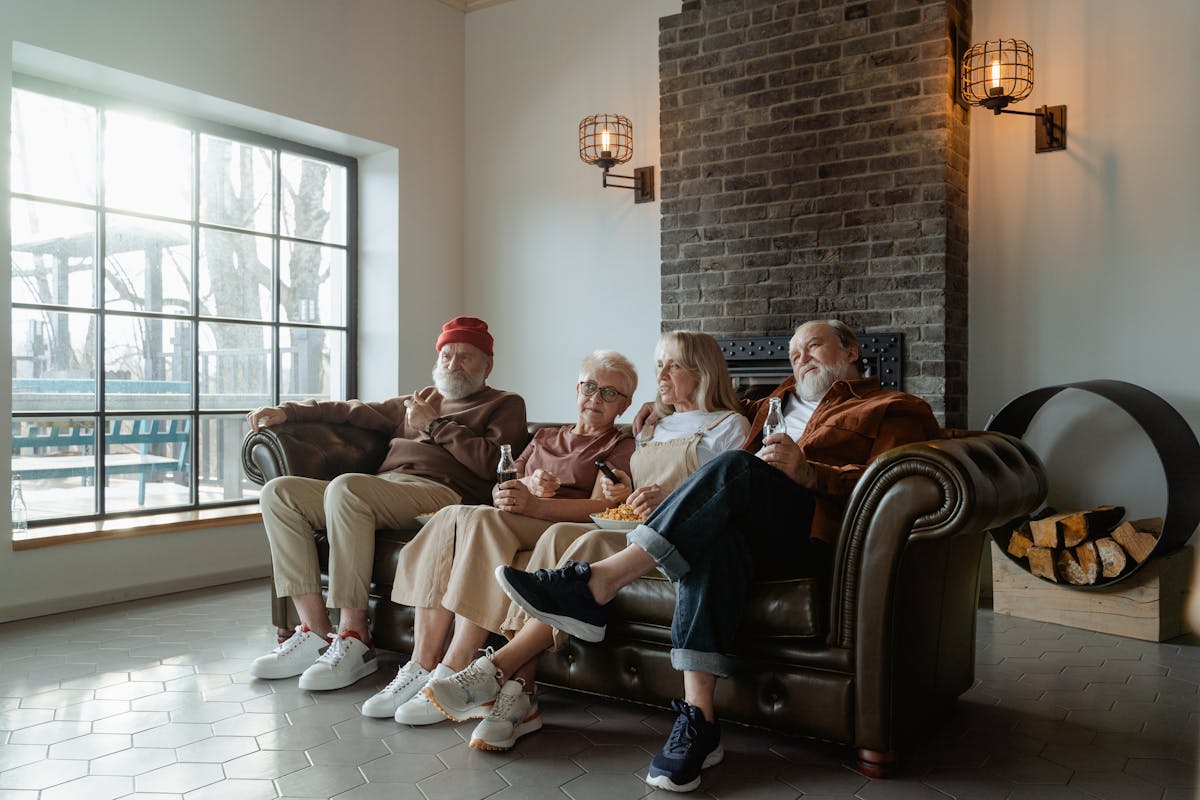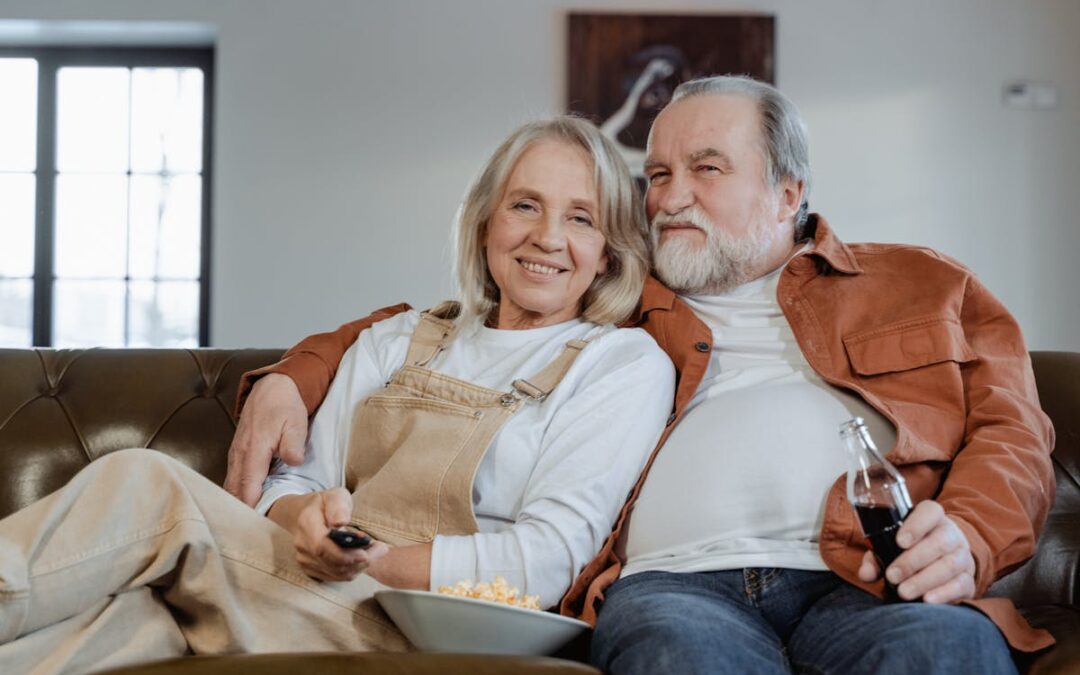Retirement isn’t just a phase of life—it’s an opportunity to design a lifestyle that’s fulfilling, comfortable, and uniquely yours. Whether you’re exploring how to make your current home safer, planning to move closer to family, or considering a community with like-minded peers, there are countless ways to make this transition meaningful.
In the latest episode of Retirement Reimagined Podcast, I had the pleasure of chatting with Diane Knepper, a seasoned real estate expert who specializes in helping seniors navigate their housing needs.
Diane’s professional insights and personal experiences—including supporting her parents as they age in place—shed light on how to approach retirement living with clarity and purpose. Let me share with you the highlights of our conversation and how they can guide your journey.
You can watch the entire podcast episode here:
Understanding Aging in Place: Its Significance and Impact on Quality of Life
Aging in place is all about creating an environment where seniors can continue living comfortably and safely in their own homes as they age.
Diane shared a personal story about her 90-year-old mother and 86-year-old father, who have chosen to stay in the home they love.
For them, maintaining their independence and routine is essential to their quality of life. But aging in place doesn’t happen by accident—it requires thoughtful planning and adjustments.
Here are some ways to make aging in place more feasible:
- Install Home Modifications: Simple changes like stair lifts, walk-in showers, or widened doorways can make a world of difference in mobility and safety.
- Upgrade for Accessibility: Motion-activated faucets, soft-close drawers, and reachable storage solutions can make daily tasks easier for aging hands.
- Maintain Routines: Diane’s parents have structured activities that keep them active and engaged, such as playing cards with their grandson or dining out with friends.
These small but impactful adjustments can empower seniors to stay in the homes they cherish while enjoying the comforts of their familiar surroundings.
The Power of Reverse Mortgages
One of the key tools Diane and I discussed for funding aging in place is a reverse mortgage. If you’re 62 or older, a reverse mortgage allows you to tap into your home’s equity without selling or moving out.
This can provide the financial freedom to make necessary upgrades, handle unexpected medical costs, or even purchase a new home.
Discover the distinct advantages of reverse mortgages:
- Flexibility in Payments: You can receive the funds as a lump sum, monthly payouts, or even a line of credit for future needs.
- Home Modifications: Use the funds to remodel bathrooms, install accessibility features, or enhance your home’s safety.
- Reverse for Purchase: This option allows seniors to sell their current home and use the proceeds, along with a reverse mortgage, to buy a new home. For instance, Diane helped a client move closer to her family by purchasing a single-level home and making it perfectly suited for her.
Reverse mortgages aren’t for everyone, but they’re worth exploring if you’re looking for ways to secure financial peace of mind while aging in place.
The Importance of Community and Relationships
As Diane and I talked, one theme stood out: the incredible value of community. Research shows that staying socially connected is a key factor in aging well.
Diane’s parents embody this by maintaining their independence while staying engaged with friends and family. Every Monday, they enjoy lunch with a close friend.
Her father still drives, taking her mother to her weekly hair and manicure appointments. These routines keep them feeling vibrant and connected.
For seniors considering a move to a retirement community, Diane emphasized how valuable these spaces can be. Many offer:
- Social Activities: Group classes, games, and events to keep residents engaged.
- Community Centers: Shared spaces for building connections and fostering friendships.
- Accessibility: Single-level layouts and easy access to amenities.
If you’re helping a loved one transition to a community, research your options thoroughly. Some communities may have additional fees or unique setups (like manufactured homes with space rentals), so having a knowledgeable guide—like a real estate agent or move manager—can make the process smoother.
The Role of a Real Estate Agent in Senior Moves
Diane’s expertise as a Senior Real Estate Specialist (SRES) has given her a deep understanding of the challenges seniors face when transitioning to new living arrangements.
As she shared on the podcast, a good real estate agent does much more than help you buy or sell a house. They’re your guide through every step of the journey.
Here’s what a knowledgeable agent can do for you:
- Evaluate Communities: Diane visits retirement communities on behalf of her clients, assessing amenities, costs, and suitability.
- Coordinate Resources: Diane ensures her clients have a trusted network of professionals, from contractors for home modifications to estate sale experts.
- Provide Personalized Guidance: Whether it’s finding a single-story home, negotiating fees, or understanding financing options, a real estate agent can tailor solutions to your unique needs.
Diane shared a touching story about helping a client move closer to her family and remodel her home for accessibility. With the right team and guidance, what seemed impossible became a joyful reality.
Practical Tips for Seniors and Families

During our conversation, Diane and I highlighted several practical steps for seniors and their families to take when planning for the future. Here are some actionable tips:
- Start Early: Don’t wait for a crisis to begin planning. Whether it’s downsizing, modifying a home, or exploring care options, early preparation is key.
- Declutter Thoughtfully: Seniors often have emotional attachments to their belongings. Diane recommends using color-coded dots to indicate which items go to which family member. This avoids future conflicts and ensures meaningful items are passed on.
- Give with “Warm Hands”: Instead of waiting to gift items after passing, give them now. Seeing the joy these items bring to loved ones can be deeply rewarding.
- Have Open Conversations: Talk about finances, future care needs, and housing preferences before the need arises. Use resources like books, a real estate podcast network, and specialists to guide these discussions.
Reimagining Your Retirement Journey
My conversation with Diane Knepper was a reminder that retirement doesn’t have to feel overwhelming. With the right tools, resources, and support systems, it’s possible to create a retirement that’s both practical and joyful.
Whether you’re exploring reverse mortgages, considering a move, or simply making your current home more accessible, there are countless ways to plan for a fulfilling future.
Tune in to Retirement Reimagined Podcast
We offer a fantastic opportunity to learn from industry experts and discover actionable solutions for real-life challenges. If you’re ready to take the next step, reach out. Let’s collaborate to reimagine what retirement can truly be.


Recent Comments